
How to maximize your marketing budget (whatever it is)
Check out our easy-to-understand guide to help you make the most of your marketing budget (regardless of how big it is).

Recruiting, engaging, and retaining a healthy workforce should be the paramount concern for anyone looking to build and grow a thriving company. Not only is it a best practice to care about your culture, the stats around employee engagement are so powerful you actually can’t afford not to.
To be sure, most good business leaders know this by now. And yet, there is a widening gap between those who know this is important, but aren’t able or willing to take the necessary steps to address it.
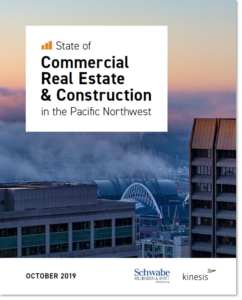 Need proof? Kinesis recently co-authored a report examining the current state of Commercial Real Estate and Construction in the Pacific Northwest. We surveyed over 700 participants spread across Washington and Oregon to better understand the forces at play across the CRE and Construction industries.
Need proof? Kinesis recently co-authored a report examining the current state of Commercial Real Estate and Construction in the Pacific Northwest. We surveyed over 700 participants spread across Washington and Oregon to better understand the forces at play across the CRE and Construction industries.
The report shed light on a number of insights, but the most compelling we found was the disparity between perception and reality when it came to recruitment and people management.
In the survey, it was revealed that almost all respondents cite having an employee-friendly culture, generous benefits, and supportive programs. Business leaders feel strongly that they have a tremendous amount to offer their team. And yet, despite these factors, over one-half of respondents believe their biggest challenge is finding qualified employees – and when asked about their greatest business concerns, three of the top five most commonly-reported were talent-related.
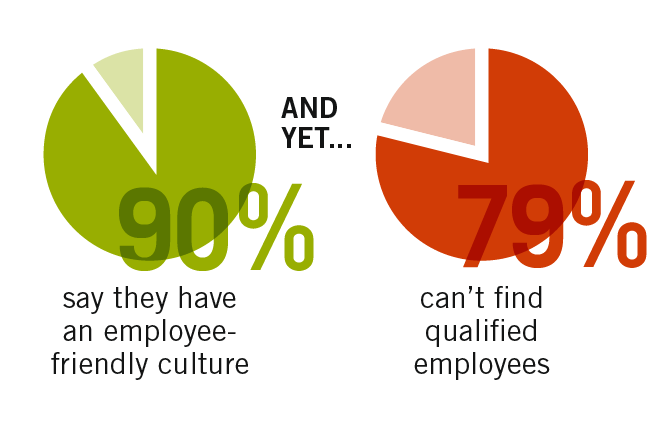
If their cultures and people management efforts are so strong, why does this challenge persist? It boils down to a couple of fundamental truths about people, business, and the working world.
One of the first reasons it’s challenging for business leaders to open this dialogue is that it is difficult to look objectively at ourselves – which often results in a skewed perception.
Recently, I attended a workshop where business leaders were asked to reflect on their company’s culture. I met a business owner who boasted incredible employee morale and engagement. He was proud of the culture he had built and wanted to share with the group. Afterward, I connected with someone else in the circle who shared “I work at that company, and I will tell you point blank that I wouldn’t recommend working there to anyone.”
Does this mean that business owner is a liar? Probably not, but it does highlight an important challenge for any business leader (or any human being, for that matter): We are fundamentally incapable of evaluating ourselves, since any perception we have is bound to be tinged with our own biases.
But perhaps the most critical takeaway from this discovery is that business leaders are operating based off outdated models for what constitutes a successful culture. These participants cited strong culture initiatives in the form of good salaries, benefits, and perks. But as we’ve mentioned before on the Kinesis blog, these are first and foremost employee satisfaction measures – and employee satisfaction isn’t enough anymore.
A few generations ago, having a job to begin with was enough to inspire gratitude – since work was scarce and humans aplenty. As such, employees may not have been engaged, but they were reliable: they punched in and out on time and didn’t ask for much.
Fast forward to the current decade, when the pendulum swung in the opposite direction. Businesses are now facing an acute labor shortage – in that there are literally more jobs available than people to fill them. Companies began to care about being attractive to right-fit employees. That inspired an uprising of modern, open-layout office space, lots of windows, edgy furniture, and onsite games like ping pong and foosball.
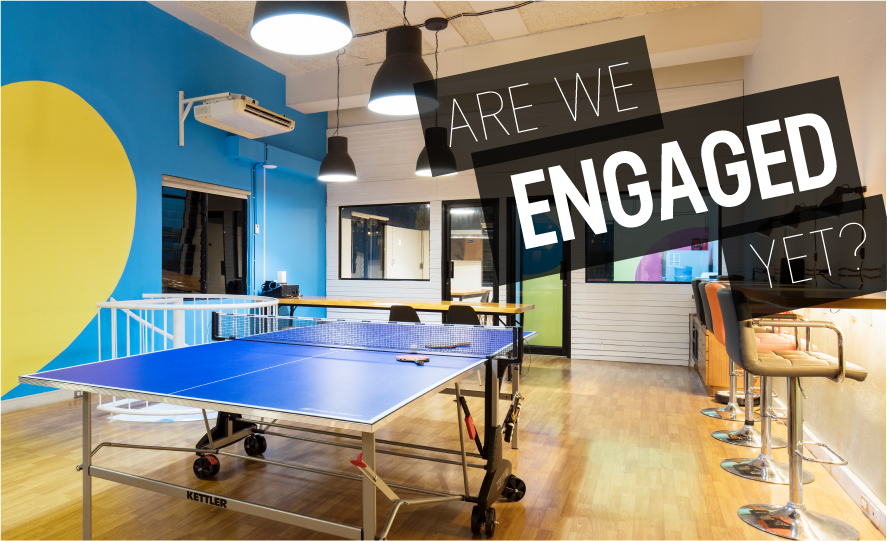
But a fun workspace does not a culture make… and it wasn’t long before businesses discovered it, and articles like “Why Ping-Pong Tables Don't Lead To Greater Employee Engagement” started to pop up. Today, leading businesses are starting to understand what truly drives a successful culture – a focus on people and a profound purpose, to start.
Candidates have come to expect a baseline commitment to their well-being, and want to know how their work will contribute to something greater than themselves. As we know from Daniel Pink’s bestselling book, Drive, leaders should create an environment centered not around benefits and incentives, but around what truly motivates us inside the workplace and out: autonomy, mastery, and – most importantly – purpose.
We love working with companies passionate about building great cultures. Two of our friends in the Kinesis community have found innovative ways to do this:
First, meet Northwest Self Storage. A former Kinesis client, Northwest Self Storage is ranked as one of the top 25 self storage operators in the country, managing over 80 properties throughout Oregon and Washington.
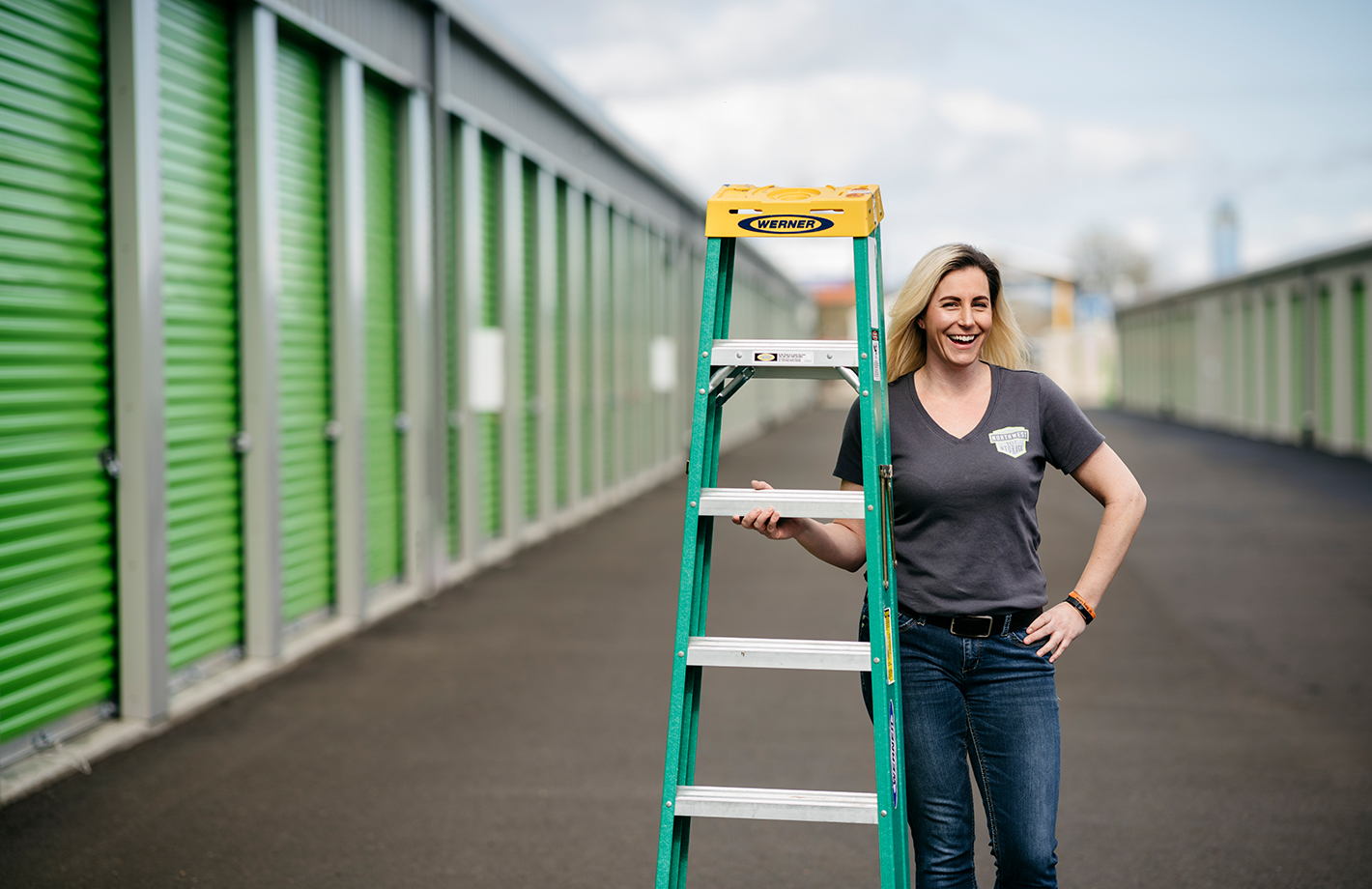
The self-storage industry is often commoditized – with focus placed exclusively on boxes. Facing systemic employee performance challenges, Northwest Self Storage wanted to shift that focus to their most important asset: people. They sought a company identity which would attract right-fit employees, engage their current team, and remain consistent across their 80+ properties.
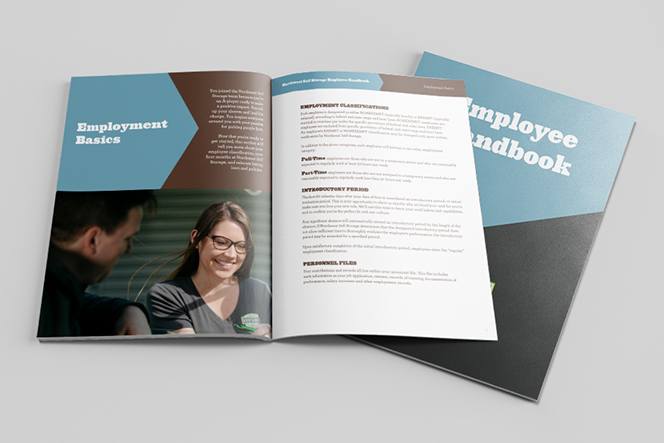
To this end, the company completely revamped their internal communications and recruiting program with tools to help empower their team – including a new employee handbook, training programs, and employee coaching processes. Externally, they rebuilt their hiring process around their values – giving them a framework through which to interview and evaluate candidates. They even reimagined their candidate communication methods, to ensure every touchpoint with prospective employees is thoughtful and deliberate.
“Our values and mission are about so much more than how we write recruiting ads and job descriptions – more importantly, they impact how we coach and motivate people once they’re onboard. The values have been a helpful tool to frame decisions around policy changes, highlight accomplishments, or reinforce managers who go above and beyond – even our quarterly newsletter is structured around them. It’s not about selling someone on our culture, it’s an authentic part of who we are.”
- Nate Schwalbach, VP of Operations, Northwest Self Storage
Solid Form has taken workforce development to a whole new level. Solid Form is a custom metal fabrication shop in McMinnville, Oregon, and (like many in the skilled trades) they face a unique set of challenges when it comes to recruiting. Solid Form President Deven Paolo proposes a new strategy for addressing this challenge: bridging the gap between education and business.

In addition to introducing this revolutionary idea on the TEDx stage, Solid Form has made direct investments in the future of the industry by establishing an educational endowment fund. Founded in 2018, the fund supports local trade students through scholarships, covering all hand tools and gear they'll need for a community college welding program as well as additional support for supplies and tuition.
In support of this fund, they launched a custom crush pinot noir called Rising Together, the sale of which raised enough money for seven student scholarships in a matter of months.
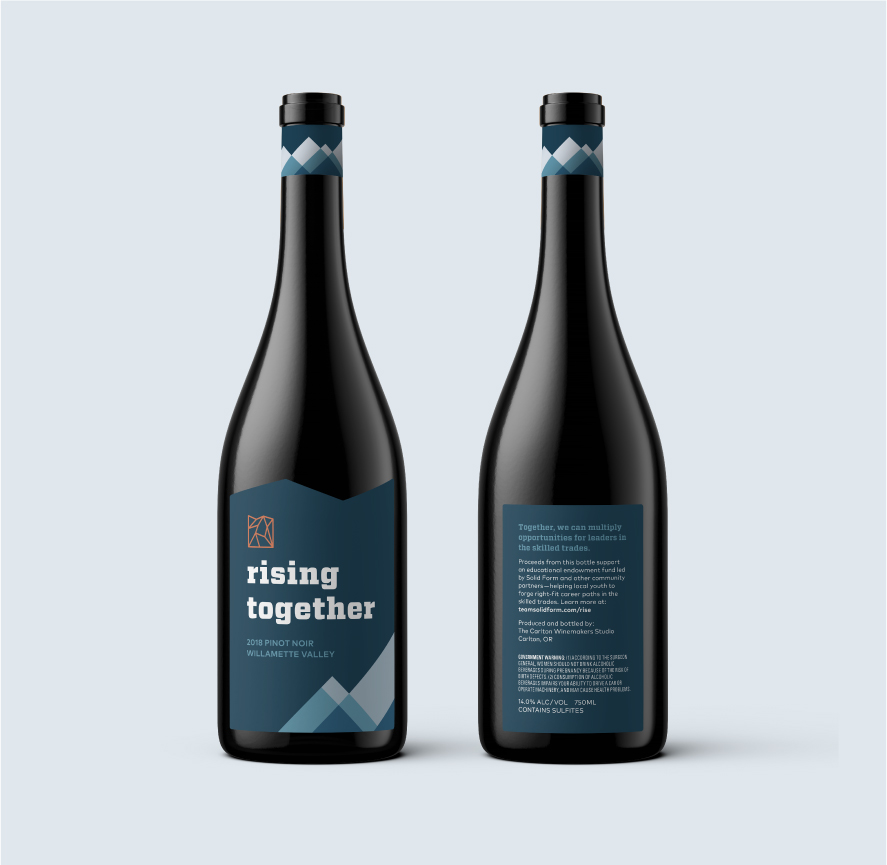
And that’s only the half of it – Solid Form has also made substantial investments in their internal team, developing custom training programs, employee growth maps, and an organizational structure that allows everyone to chart their own path forward based on their unique strengths and ambitions.
It’s one thing to struggle with workforce challenges in the skilled trades, it’s quite another to find revolutionary ways to address these challenges head-on.
It’s no secret that there are quantifiable consequences to a bad culture. On the flip side, though, when you support people, they become happier and more engaged.
Engaged employees are more productive and motivated; they produce higher quality work, take fewer sick days, and stay with your company longer. Not to mention – studies have shown that employee engagement investments by 10% can increase profits by $2,400 per employee, per year, and companies with engaged employees outperform those without by 202%.
Put simply, an engaged workforce mean more profitable, better-performing companies.
While recruiting and retention are chief concerns for most business leaders, much fewer are willing to do what it takes to make a meaningful change. This is what separates the good from the great, the ping pong tables from the truly remarkable companies. They attract the best of the best employees. They consistently outperform their peers. They grow rather than stagnate. They do more – and they do it better.
Do you have what it takes?
Get insights like this straight to your inbox.